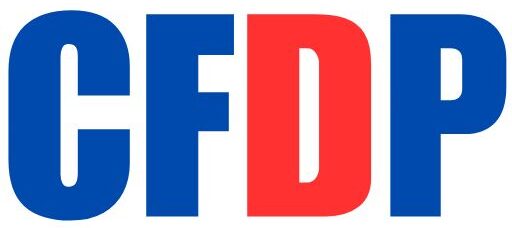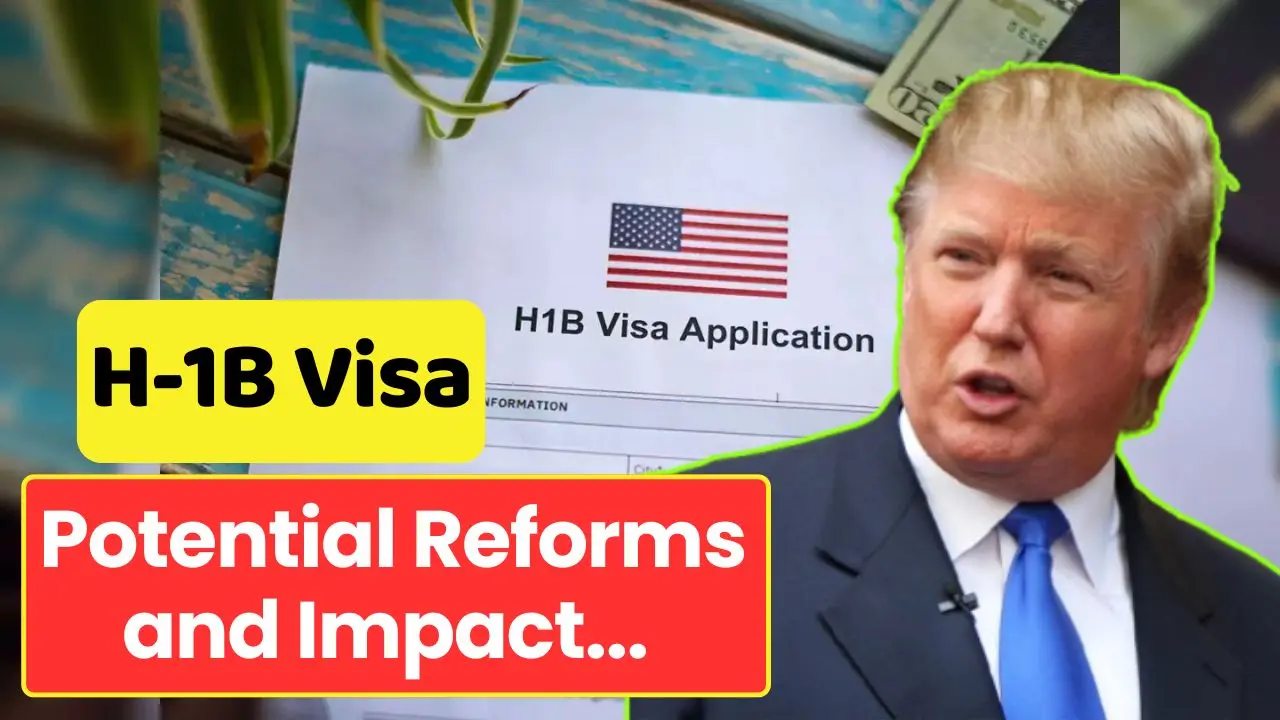Foreigners have been thronging the shores of the United States since the inception of the H-1B visa pathway; the pathway does not grant entry to all migrants, but in specialized fields such as technology, engineering, and medicine, it has been an avenue to enter the country. Global migration trends and adaptability in the U.S. immigration system continue to deflect the future of the H-1B visa.
This article would examine the existing state of the H-1B visa and the challenges faced, as well as possible factors that would affect future development.
Present Conditions of the H-1B Visa Program
The H-1B visa grants its users the ability to work in the United States for a maximum of six years and hire foreign workers for specialized occupation positions. However, due to the high demand for this particular program, the H-1B program has been continuously taken to task because of issues such as the lottery system, which sometimes denies applicants by pure chance.
The other factor is that while the total number of H-1Bs issued per year may not exceed 85,000, this includes 20,000 reserved for applicants with advanced degrees, further adding to growing backlogs of applicants because competition is so fierce.
However, the last couple of years have witnessed others on deeper inquiries concerning the H-1B program, raising issues of misuse of the visa for outsourcing and its impact on job opportunities in the U.S. For that reason, there had also been much deliberation in the halls of the U.S. government on some reforms that would continue upholding the doors of entry for skilled foreign workers into the country while attempting to look into the mentioned issues.
Problems Associated with H-1B Program
Foremost challenge among the impending challenges for H-1B program is that it has created a huge backlog of applicants. This has brought into focus the fact that the demand for the H-1B visas has exceeded the annual cap making it impossible for an H-1B visa to be momentarily granted to many applicants on a yearly basis.
The other significant issue is the volatility of immigration policy. Any time there’s a political change in the U.S. political environment, a shift in visa policies usually accompanies it. That creates uncertainty for both foreign workers and residents in the United States. Change of administration coupled with the continuation of such a policy direction greatly affect how the H-1B program is administered, adding more confusion in making long-term plans for companies and even visa applicants.
Possible Reforms and the Future of H-1B Visa
Immigration reform debate is quite likely to dictate the direction for the future of the H-1B visa. Major changes would probably come in a few years, especially with the demand for skilled labor by U.S. lawmakers becoming more matched by political agendas addressing job protection for U.S. workers.
Ideas include raising the cap of H-1B visas, giving priority to higher-paid or specialized applicants, and establishing a merit-based selection system, eliminating the lottery system from such fate.
Summary
The H-1B future is bright and obscure due to internal as well as external causes. However, the competitive selection and political scrutiny might not end this important path for skilled foreign workers to the U.S. economy.
Reform opportunities will likely bring more in terms of aligning U.S. labor requirements with foreign talent, but managing such adjustments is crucial to ensuring long-term value gains for both foreign workers and the U.S. economy.




